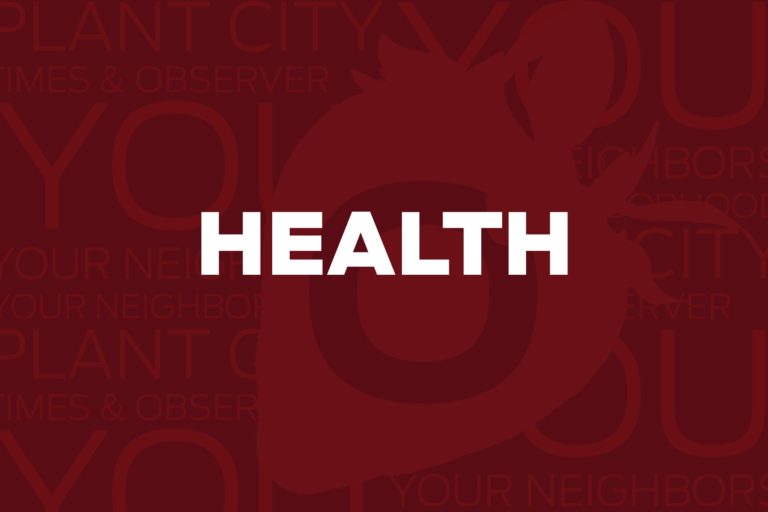
Jennifer Closshey answers several questions mailed in by readers.
I’ve had several readers email me with their fitness-related questions recently. For this week’s column, I’ve selected several that have answers I believe all readers should be aware of.
Exercise to help bone health
Sally and John’s doctors recommended exercise for their bone health. Both inquired what exercises to do and how to get started. At 50 years old, Sally’s slim frame has made her a candidate for bone health concerns. After 25 years of daily desk work and some extra weight, John’s last physical prompted concern for his lumbar spine bone health. Fortunately, there are simple answers for both.
A daily, minute-long run or sprint boosts bone health by 4% while a two-minute sprint picks up a 6% gain, according to a June 2017 article in the International Journal of Epidemiology. Not up to sprinting? Start by walking 30 to 45 minutes each day. After your strength has built up, rush a few steps as if you were trying to catch a bus. Continue to add rushing steps until that minute is within your reach. Just making the effort to rush truly counts as it adds effort that benefits the bones.
Add weight training and a jumping exercise to this walking/rushing routine for an extra boost for lumbar spine bone health. Researchers at University of Missouri found significant increases in whole body, hip bone and lumbar spine bone mass in study participants after six months of walking, weight training and jumping. Jumping rope is an easy way to add jumping to your routine.
Work with a professional trainer to get started with weight training. Plant City has several good independent trainers, as well as the great certified trainers at the YMCA.
Getting blisters when working out
Margaret asked what to do about blisters when she works out. Caused by friction or chronic irritation, blisters are painful and interfere with regular workouts. Usually affecting the feet or hands, blisters can be prevented with mindful attention toward keeping the skin dry and protected. Wearing gloves and good workout socks will help. The best way to take care of blisters is to avoid getting them in the first place.
Leave a small blister alone, as the covering skin will protect it as it heals. Treat a larger blister carefully with clean hands. Use a sterilized needle to puncture the blister edge, leaving the covering skin in place. I use a clean tissue to gently push the blister fluid out, then apply an antibiotic ointment to the area. Keep it clean and protected while it heals.
Headaches when working out
Since I was seriously concerned about Oliver’s inquiry about headaches while working out, I immediately responded. Fortunately I also found out Oliver drank an ice cold drink every time he worked out. Oliver is one of the 30-40% of people who get a cold-stimulated headache, sometimes called “brain freeze,” from drinking or eating cold foods and beverages.
Experts do not agree on the exact cause of a “brain freeze.” The general consensus is when a cold substance makes contact with the roof of the mouth, the blood vessels rapidly constrict and dilate. As the nerves respond to these sudden changes, the brain interprets this message as pain to the head instead of the mouth. The pain lasts five minutes or less.
Usually harmless, cold-induced headaches can be a bother and, in Oliver’s case, interfere with workout plans. My advice is to avoid ice-cold beverages while working out. Drinking room-temperature water is easiest to assimilate. Just avoid the ice. Oliver, if the headaches continue with cool (not cold) water, please see your doctor.
Tip of the week
Keep your tetanus immunity up to date. Check with your doctor for the exact dates to stay current with this simple but life-saving shot.
